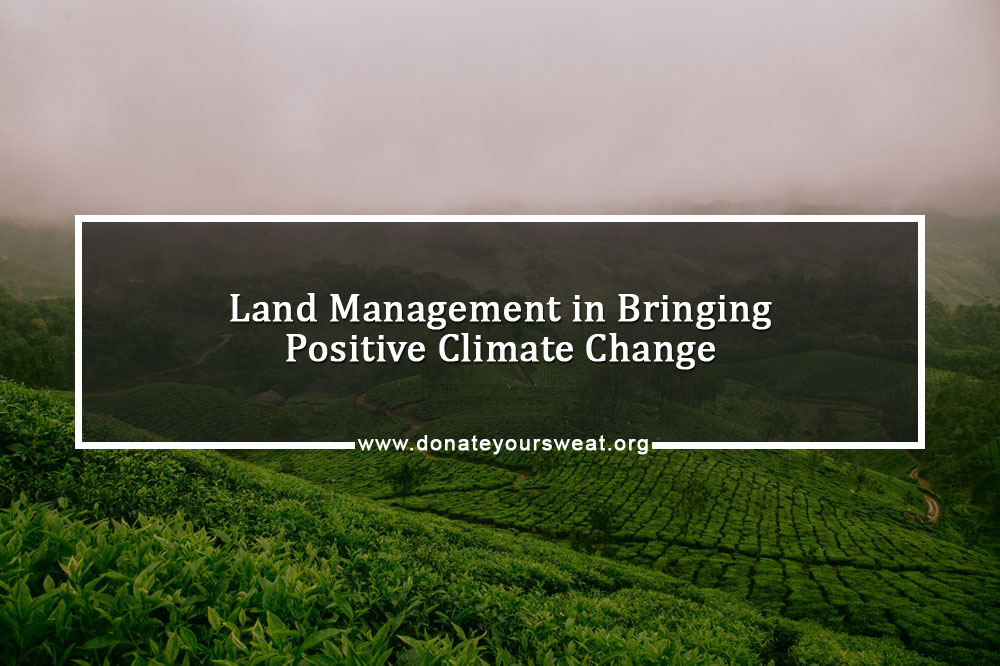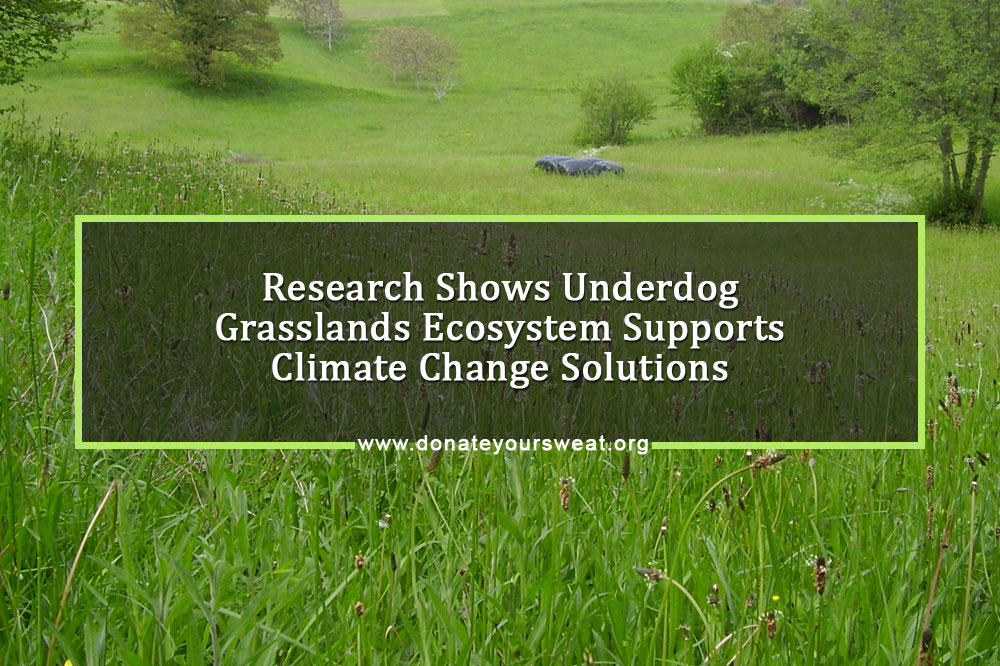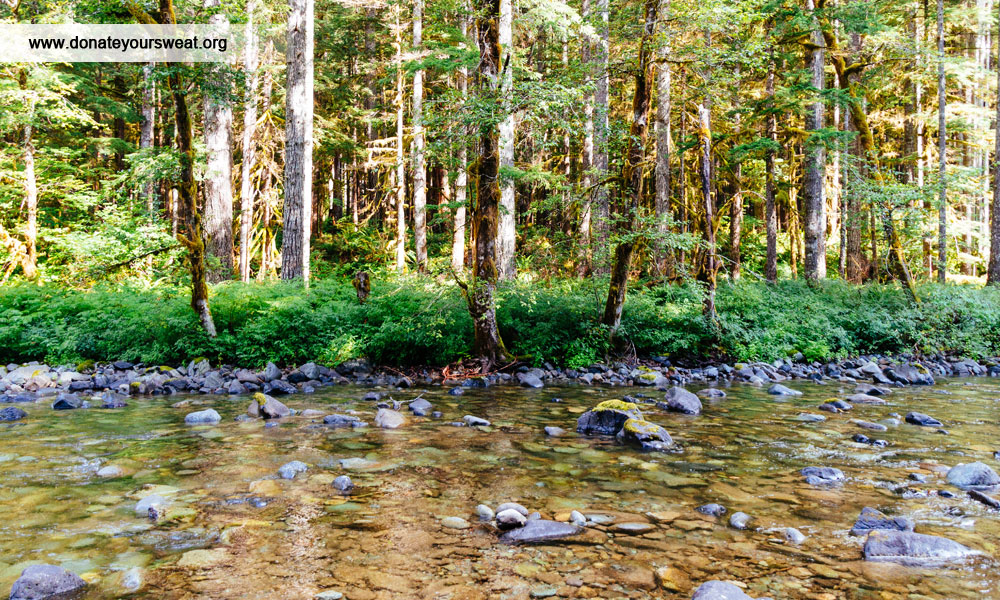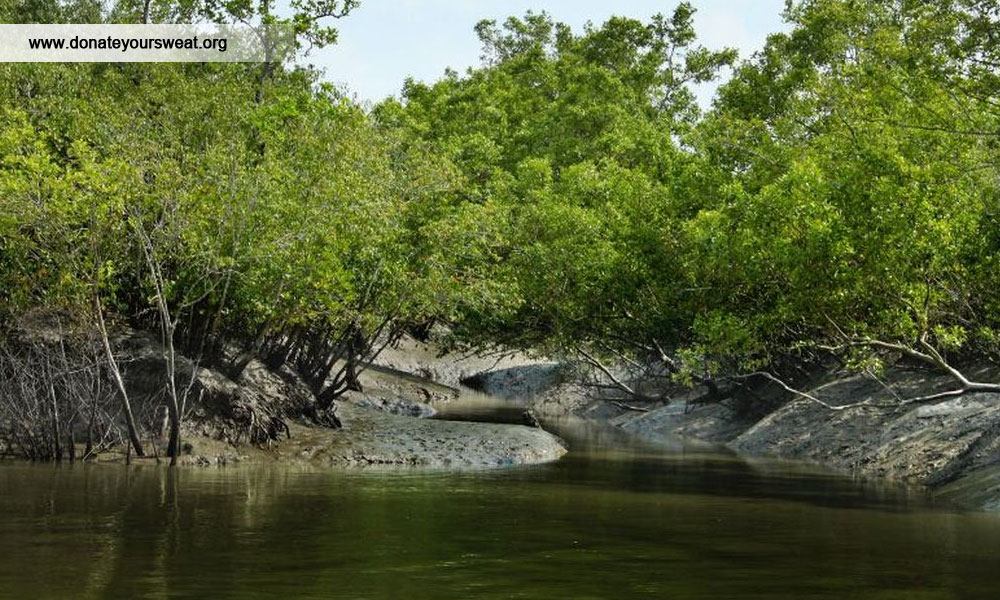We are already in the midst of climate change here on our planet. However, it has been observed that the different ways in which land is being used for agriculture, forestry, etc., contribute to a quarter of the greenhouse gas emissions in the world today. Employment of appropriate land management strategies is the key to reverse this. It is all about managing forest, farms, and coastlines as solutions for climate change.
One effective method to keep the gas emissions in check is by employing natural climate solutions that increase the carbon storage of the land: conservation, renewal and improved management of land.
Conservation
Conservation in this context means maintaining frontier forests as they are. By definition, these are virgin woodlands that form huge carbon sinks. Therefore, utmost care has to be taken to preserve these forests at any cost. Additional benefits are reduced lateral flooding of rivers, regulated water flow, and protected flora and fauna.
Renewal
This means rebuilding the forests that have been removed. As of now about 2 billion hectares of earth’s forests have been raped and degraded. If these forests can be restored, carbon emission levels can be significantly contained.
Land Management Strategies
This is chiefly constituted by employing reformed agricultural methods. Agricultural food production is a major contributor to global warming, climate change and greenhouse gas emissions, both directly and indirectly. The best way to bring changes would be to employ indirect methods such as removal of subsidies on purchase and use of fertilizers by farmers and impose increased payments for consumption of resources such as water, electricity, etc. This would act as a deterrent. These have effect only when the wealthy countries start this practice.
Other methods could be the use of plant-based meat and employ new processes in irrigation and new technologies in landscape planning. These can help to reduce the carbon footprint and use of land would become more sustainable.
In spite of all the evidence that is available which proves how the food sector contributes to global climate change negatively, and how implementing climate solutions will have positive effects on the reduction of CO2 emissions, the world is still losing massive amounts of forest cover. In the year 2016, the world witnessed a massive 51% increase in loss of forest cover.
Whereas some countries have taken it on themselves that forest restoration and proper management of coastlines is the way, there are many others that have done nothing. India has set aside a corpus of USD 6 billion for the restoration of forests. Indonesia has, in the meantime, set up an exclusive committee to restore swamps and bogs that can act as carbon sinks.
However, this does not even form the scratch of the scratch. After over 180 countries signed the Paris Climate Agreement in 2015, there are only about 36 countries that have cited land management as part of their active strategies to reduce the carbon footprint.
It is not easy to implement all of these easily either. With forests and coastlines varying in sizes, difficult accessibility, and the lives of millions that are tied inextricably to these, the implementation of natural solutions for environment conservation such as improving forest cover or soil health needs focused planning.
As part of the global community suffering the ill effects of climate change that we have brought upon ourselves, we can do our bit to contribute to reducing the carbon footprint: shift to vegetarianism, use less of wood in construction, burn less, use again, etc. All these could certainly help to reduce emissions and keep the global warmth within permissible limits.






